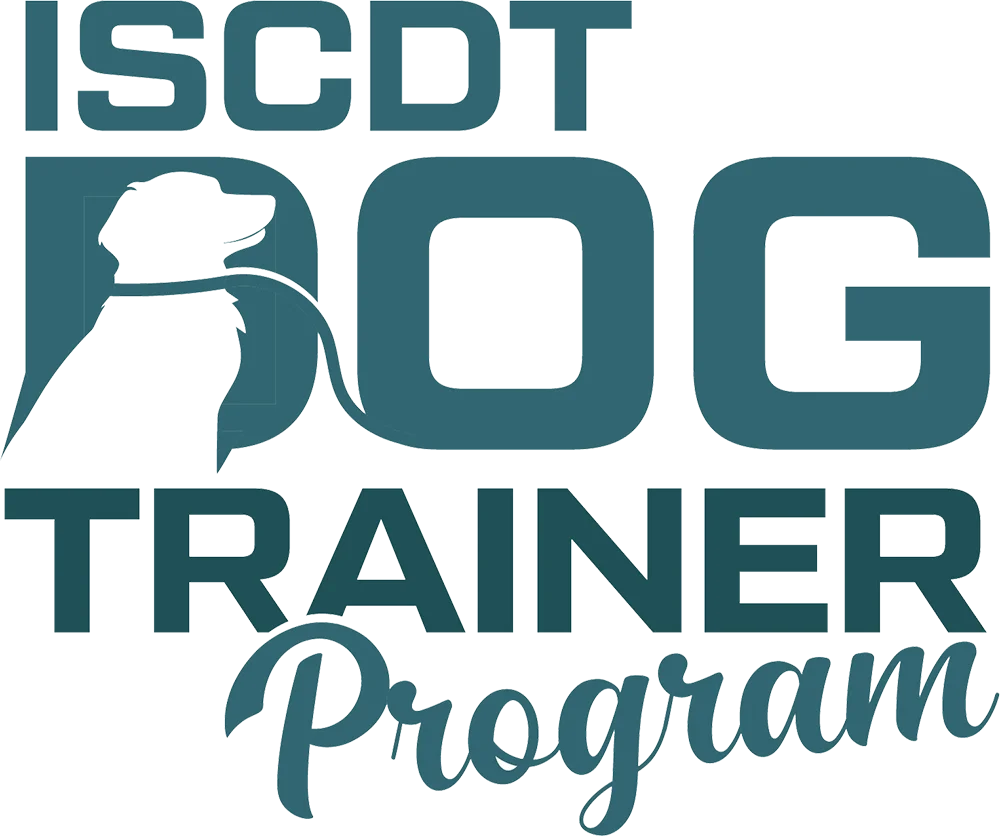What Science and Trainers Agree On
It is important that puppies are socialized in a timely manner and that it is done properly. Trainers must provide detailed explanation to dog owners on the correct way of socializing their puppies. The margin of error is great in this area. Below I’ll explain the biology and timing, why it matters long-term, and exact steps you can use to do it right (and how to repair it if it’s been done poorly).
Why when” matters (The biology and timing)
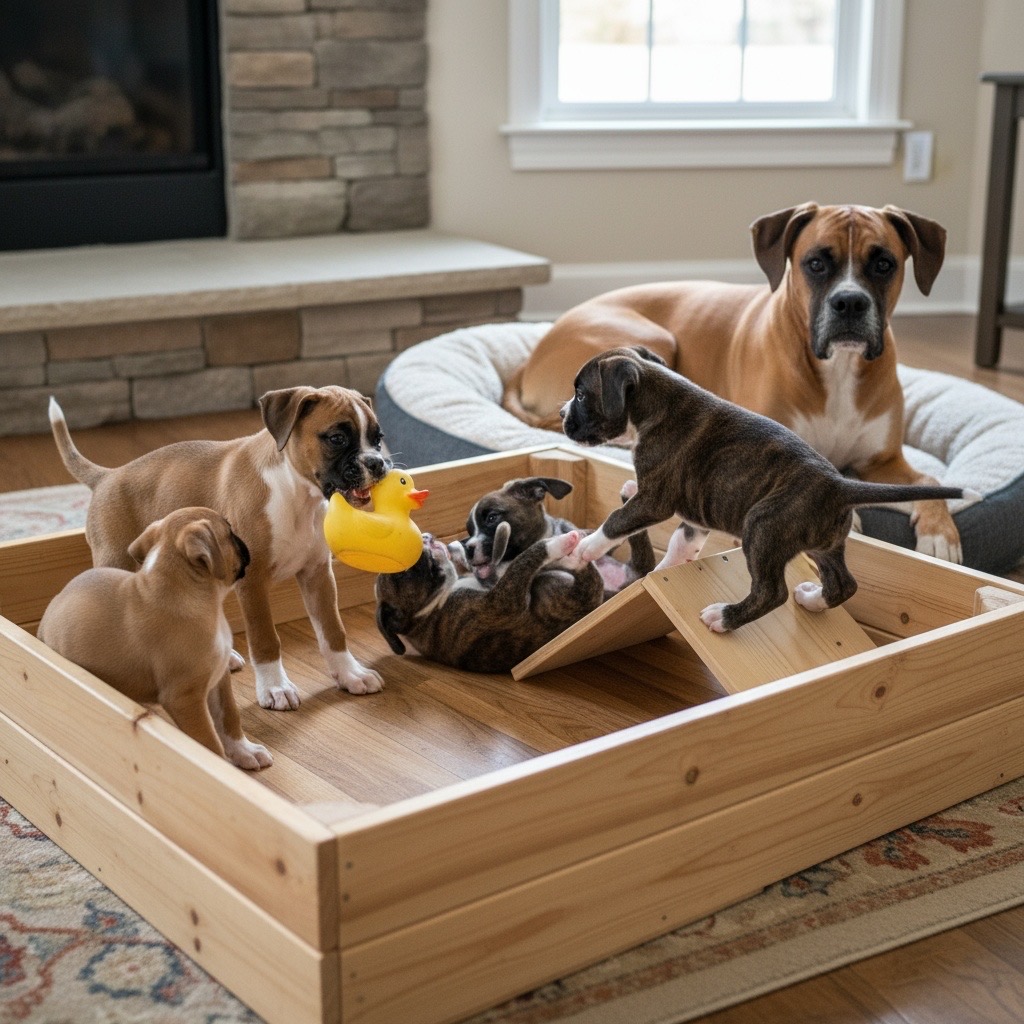
Puppies go through a critical socialization period when their brains are especially open to learning what the world is like and what’s safe. Many veterinarians emphasizing heavy exposure between roughly 6–14 weeks. After that window the puppy’s openness to new experiences narrows and fears are more likely to stick.
Because of that, canine experts recommend strategic early socialization (including puppy classes) rather than isolating a pup until every vaccination is complete. It is important to avoid high-risk places while still giving safe, positive experiences. The American Veterinary Society of Animal Behavior explicitly supports early, carefully managed socialization and states that classes can begin as early as 7–8 weeks when illness risk is minimized.
How you expose a puppy is just as important as when.
What proper socialization looks like.
Our goal is to teach the dog “this is normal.” We also want to help the dog “bounce back”, (the ability to recover from initial worry), and for them to develop confidence without fear.
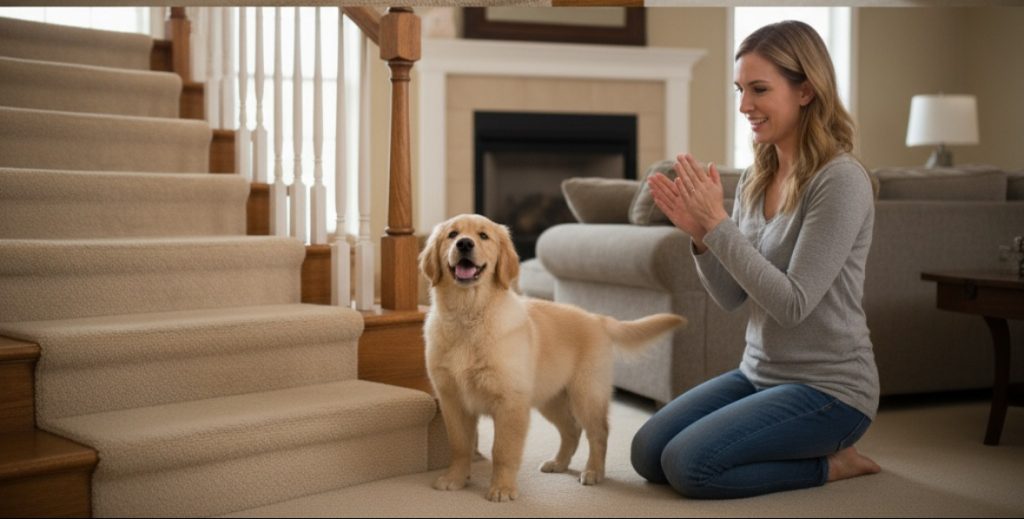
Here are some key features:
Early, varied, and positive exposures to different people (ages, genders, ethnicities, clothing, mobility devices), animals (calm dogs, cats, farm animals if relevant), surfaces, noises, and situations (cars, grooming, vet handling, elevators, children running, crowds in controlled environments).
Short, frequent sessions: lots of short wins rather than long, stressful marathons.
Controlled distance & choice: let the puppy approach when curious; if they withdraw, that’s OK. Forcing an approach teaches the wrong lesson.
Safe, supervised puppy classes or supervised playdates with well-socialized dogs (not with any unknown dog in a park)
Body handling time so puppies are comfortable being touched for grooming and vet exams.
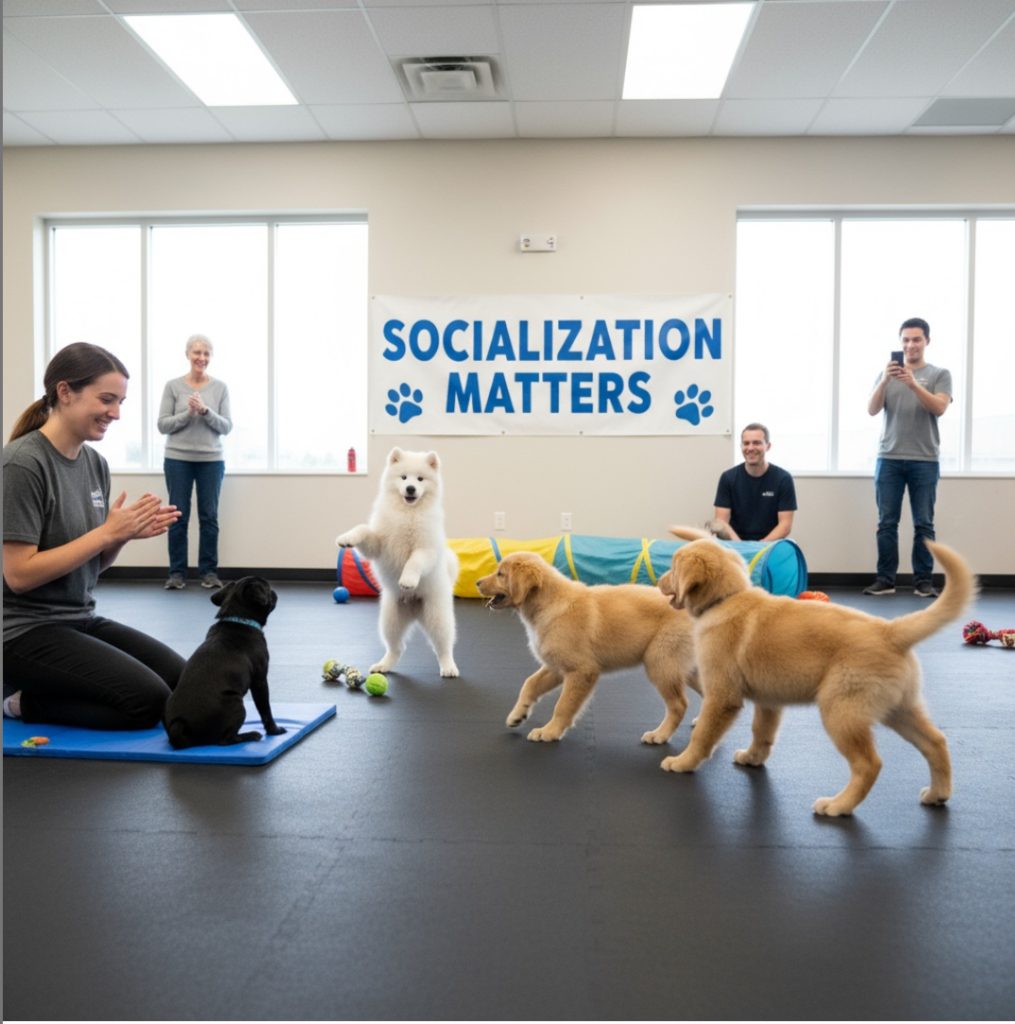
When socializing a new pup, here are some important tips to remember:
Reward pairing: pair novel stimuli with something the puppy likes (treats, praise, play) so novelty becomes associated with good outcomes.
Progression: start easy, then gradually increase intensity or proximity as the pup demonstrates comfort — this builds “bounce back.
Example of progression:
A proper approach for a busy city street might be 1–2 minutes at a distance where the puppy notices but is relaxed. Treat for looking at the environment, then move away while the puppy is still comfortable. Repeat later slightly closer if puppy is relaxed.
What improper socialization looks like?
The following mistakes teach fear, reactivity, or avoidance:
Too little exposure: Puppies sheltered entirely indoors with only a few family members, will grow into adults dogs that are anxious of strangers, rides, other dogs, sounds, vet/grooming visits and/or traffic.
Overwhelming exposure early: Large chaotic events (noisy fairs, crowded dog parks) where puppy is forced into proximity with scary stimuli, cannot escape, and learns the world is threatening.
Forced interactions: Forced petting by people, especially children, hugging, kissing or cornering the puppy, teach the puppy to avoid or, in some cases, lash out defensively.
Negative pairings: When puppies experience frightening events paired with a stimulus (e.g., fear of vet exam after painful procedure without counter-conditioning. Now the puppy generalizes fear to vet visits.
Inconsistent socialization: Exposure that is unpredictable and uncalibrated (sometimes scary, sometimes neutral). This increases anxiety because the dog can’t learn a reliable pattern.
“Socialization” that exposes a pup to other dogs but without owner skill to interrupt bad play or teach boundaries, leading to poor social play-learning.
Outcome behaviors from improper socialization:
Persistent fear * avoidance * freeze/flight responses * resource guarding in stressed situations * reactivity or fear-biting * difficulty generalizing commands in real-world contexts.
A practical step-by-step socialization plan
Breeder/early weeks (0–6 weeks): calm handling by different people, mild novel stimuli (textures, surfaces, gentle household noises) while with mom/littermates.
6–8 weeks: begin gentle, positive exposure to many people (different ages/appearances) and short car rides; start supervised, vaccinated puppy play if available and safe.
8–12 weeks (intense window): many short exposures daily: different surfaces, household appliances, children’s voices/behaviors (taught to behave calmly), handling for grooming/vet, calm meetings with well-mannered dogs, short supervised trips. Reward, allow choice, don’t force.
12–16+ weeks: continue exposures, increase complexity gradually (busier streets, different venues), keep teaching calm responses and recall; if adolescent fear shows up, back off and re-build more gradually.
Lifelong: socialization isn’t a one-and-done test — continue low-stress practice and supervised novelty throughout adolescence and adulthood.
Signs socialization worked
puppy recovers quickly from startle, * willingly explores new things with confidence,* calmly greets people when asked * tolerates handling and vet/grooming with minimal stress,* can meet new dogs without blowups.
Signs socialization did not work
persistent avoidance/flight * intense freezing * “stiff” body * growling or snapping when approached (especially if in a situation they hadn’t been exposed to) * generalized fear responses * strong reactivity on leash.
If you see these, that’s a clue you need a rehabilitation plan.
How to fix poor socialization
Desensitization/counter-conditioning: move the dog to a distance where they notice but are not overwhelmed, pair the presence of the trigger with something the dog loves (high-value treats) and slowly reduce distance over many sessions.
Teach choice & safety: give the dog options (places to retreat), reward voluntary engagement, never force.
Manage environment: prevent rehearsal of fearful/reactive behavior (avoid crowded, unsupervised dog parks) while training new associations.
Patience & consistency: changing established fear memories can take months; progress is incremental.
For severe cases: when fear leads to lunging, biting, or severe avoidance, refer the client to another trainer who has experience working with this issue.
In Closing
Good socialization reduces the number of things in the world that permanently frighten a dog. It builds resilience (the ability to be startled and then recover) rather than brittle confidence that collapses under stress. If done poorly, socialization can teach avoidance and fear that’s far harder to change later. That’s why timing + method matter: safe, structured, repeated, positive experiences are the difference between a dog that thrives in life and one that struggles with fear.
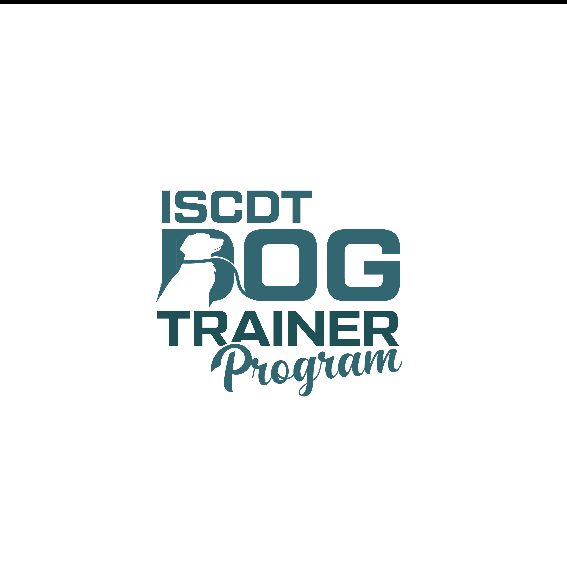
Would you like a PDF print out to provide to your clients? Email info@iscdt.com. In the Subject, type: I need the Socialization PDF
